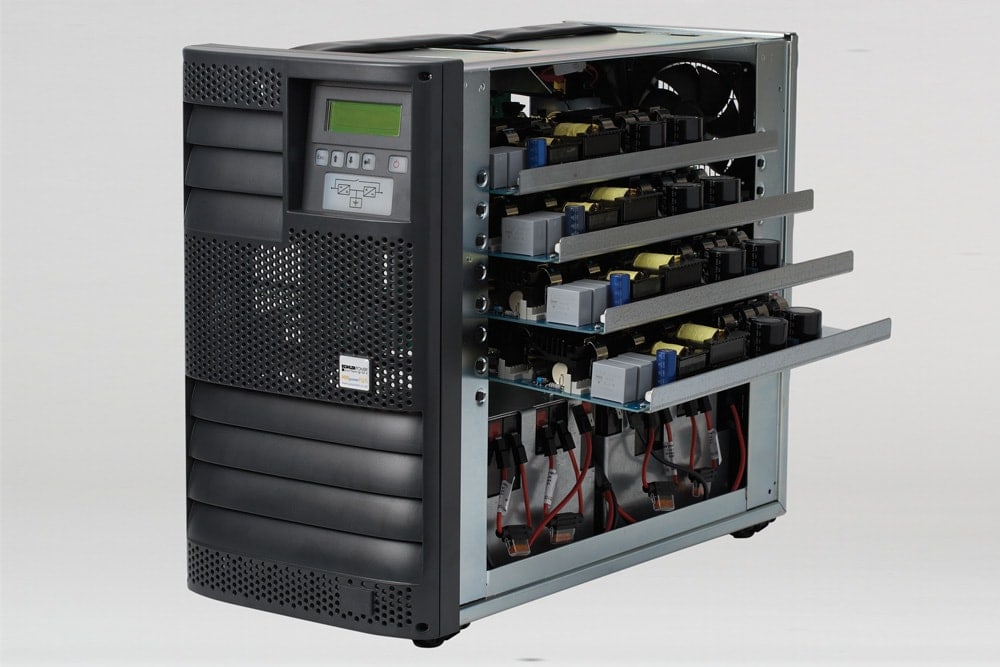The small office environment is an essential part of the business landscape, and likely to remain so for the foreseeable future. This popularity is driven both by large businesses’ needs for local presence in distributed locations, and by demand from start-ups and SMEs for suitably -scaled premises. Many local authorities offer favourable tax incentives to those building and operating small business offices to facilitate these factors for expansion.
Just like their colleagues in larger environments, workers in small or independent offices have a critical need for ICT resource, for communications as well as data processing. Unlike their counterparts though, they are unlikely to have the luxury of a data centre staffed by professionals dedicated to providing the resource. They are far more likely to be involved in the day to day running of their own desk and server equipment; and, given their critical dependence on ICT, this should include a suitable UPS solution.
This creates a need for UPS hardware which is just as reliable, efficient and flexible as a large data centre UPS installation, while being scaled down and offering a user interface and communications capability amenable to non-technical users.
Fortunately solutions are now available from major UPS vendors who understand these needs. Single-phase UPS units, from just a kVA or so to larger configurations of 10kVA or more, are implemented either as desktop PC type towers or as rackmounted UPS units. Either way, they fit a small office environment both aesthetically and in terms of space requirements.
KUP offers models that extend the company’s modular technology into the office environment. Scaling is achieved simply by plugging 1.25kVA UPS modules into a desktop tower or rackmount chassis on demand. Changing ICT support requirements can be accurately met, even if staffing levels and demand for ICT services vary rapidly. The chassis accepts up to eight modules, to provide 10kVA capacity. These can be added incrementally and cost-effectively. Where extremely high reliability is essential, the UPS system can operate in N+1 redundant mode supporting loads of up to 8.75kVA.
MINIPowerPLUS single-phase UPS from KUP
Battery autonomy is similarly flexible, with full-load standby times of up to eight hours, rapid recharging and battery redundancy options. Batteries can be included both within the main UPS chassis and in separate desktop or rackmount UPS units. It is also simple to plug in an external manual bypass switch for maintenance or direct connection of the load to the mains power supply.
Users can easily view UPS status, with measurements such as power usage, load and a UPS event log available on a colour-coded graphics display. All this information can be delivered to remote locations via an SNMP link. The link also supports diagnostic and auto shutdown facilities for seamless management of power problems.
These compact modular UPS solutions are typical of the offerings now available from many major UPS manufacturers; systems that are appropriate in terms of cost, physical footprint and ease of use for a small office, while offering the scalability, flexibility and redundant, reliable performance normally associated with data centre and similarly-sized UPS installations.
Follow us on LinkedIn for regular industry articles & company information





